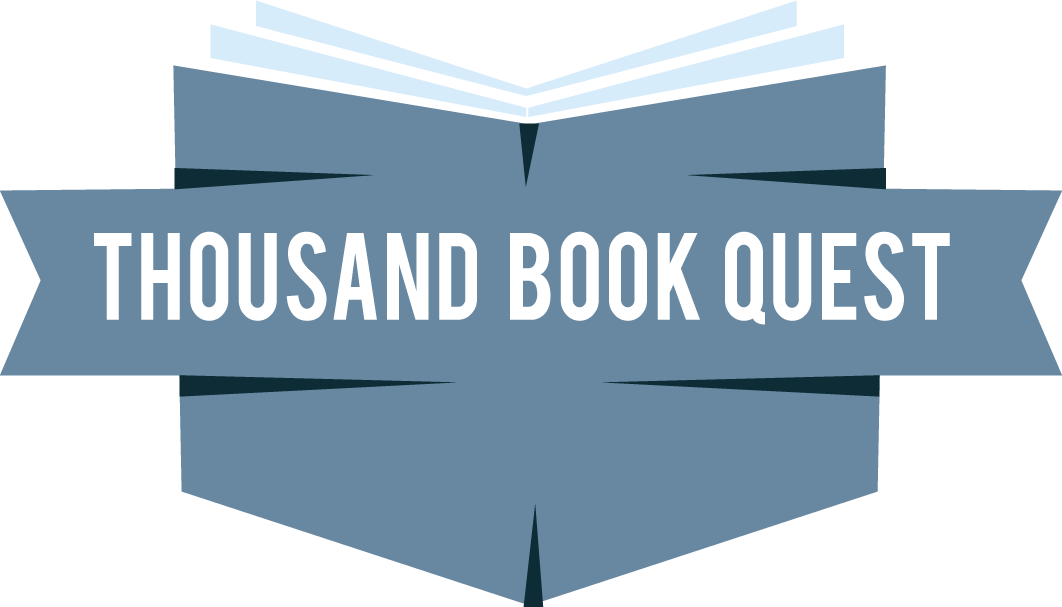Posts
https://i0.wp.com/www.thousandbookquest.com/wp-content/uploads/2021/04/The-Secret-Life.jpg?fit=145%2C217&ssl=1
217
145
Anne-Marie Reader
http://www.thousandbookquest.com/wp-content/uploads/2017/04/thousand.book_.quest3_.png
Anne-Marie Reader2021-04-03 03:10:422021-04-03 03:10:45529. The Secret Life of Groceries: The Dark Miracle of the American Supermarket
https://i0.wp.com/www.thousandbookquest.com/wp-content/uploads/2021/02/The-Warmth-of-Other-Sunds.jpg?fit=158%2C237&ssl=1
237
158
Anne-Marie Reader
http://www.thousandbookquest.com/wp-content/uploads/2017/04/thousand.book_.quest3_.png
Anne-Marie Reader2021-02-01 23:57:312021-04-03 00:29:21503. The Warmth of Other Suns: The Epic Story of America's Great Migration
https://i0.wp.com/www.thousandbookquest.com/wp-content/uploads/2021/01/Atomic-Habits.jpg?fit=183%2C273&ssl=1
273
183
Anne-Marie Reader
http://www.thousandbookquest.com/wp-content/uploads/2017/04/thousand.book_.quest3_.png
Anne-Marie Reader2021-01-30 23:48:062021-01-30 23:48:09493. Atomic Habits
https://i0.wp.com/www.thousandbookquest.com/wp-content/uploads/2021/01/The-Yellow-House.jpg?fit=174%2C265&ssl=1
265
174
Anne-Marie Reader
http://www.thousandbookquest.com/wp-content/uploads/2017/04/thousand.book_.quest3_.png
Anne-Marie Reader2021-01-28 23:27:092021-01-28 23:27:12474. The Yellow House
https://i0.wp.com/www.thousandbookquest.com/wp-content/uploads/2020/09/Range.jpg?fit=145%2C216&ssl=1
216
145
Anne-Marie Reader
http://www.thousandbookquest.com/wp-content/uploads/2017/04/thousand.book_.quest3_.png
Anne-Marie Reader2020-09-03 21:41:342020-09-03 21:41:36440. Range: Why Generalists Triumph in a Specialized World
https://i0.wp.com/www.thousandbookquest.com/wp-content/uploads/2020/04/The-Girl-with-Seven-Names.jpg?fit=180%2C273&ssl=1
273
180
Anne-Marie Reader
http://www.thousandbookquest.com/wp-content/uploads/2017/04/thousand.book_.quest3_.png
Anne-Marie Reader2020-04-05 17:45:502020-04-05 17:45:53430. The Girl with Seven Names: A North Korean Defector’s Story
https://i0.wp.com/www.thousandbookquest.com/wp-content/uploads/2020/04/Under-the-Banner.jpg?fit=184%2C282&ssl=1
282
184
Anne-Marie Reader
http://www.thousandbookquest.com/wp-content/uploads/2017/04/thousand.book_.quest3_.png
Anne-Marie Reader2020-04-05 17:41:572020-04-05 17:41:59429 . Under the Banner of Heaven
https://i0.wp.com/www.thousandbookquest.com/wp-content/uploads/2020/04/Lab-Girl.jpg?fit=171%2C253&ssl=1
253
171
Anne-Marie Reader
http://www.thousandbookquest.com/wp-content/uploads/2017/04/thousand.book_.quest3_.png
Anne-Marie Reader2020-04-05 17:38:412020-04-05 17:38:44428. Lab Girl
https://i0.wp.com/www.thousandbookquest.com/wp-content/uploads/2020/04/Life-Undercover.jpg?fit=190%2C311&ssl=1
311
190
Anne-Marie Reader
http://www.thousandbookquest.com/wp-content/uploads/2017/04/thousand.book_.quest3_.png
Anne-Marie Reader2020-04-04 18:40:012020-04-04 18:40:03424. Life Undercover: Coming of Age in the CIA
https://i0.wp.com/www.thousandbookquest.com/wp-content/uploads/2020/04/The-Wild-Blue.jpg?fit=177%2C266&ssl=1
266
177
Anne-Marie Reader
http://www.thousandbookquest.com/wp-content/uploads/2017/04/thousand.book_.quest3_.png
Anne-Marie Reader2020-04-02 03:22:242020-04-02 03:22:27423. The Wild Blue: The Men and Boys Who Flew the B-24s Over Germany 1944-45
Scroll to top
